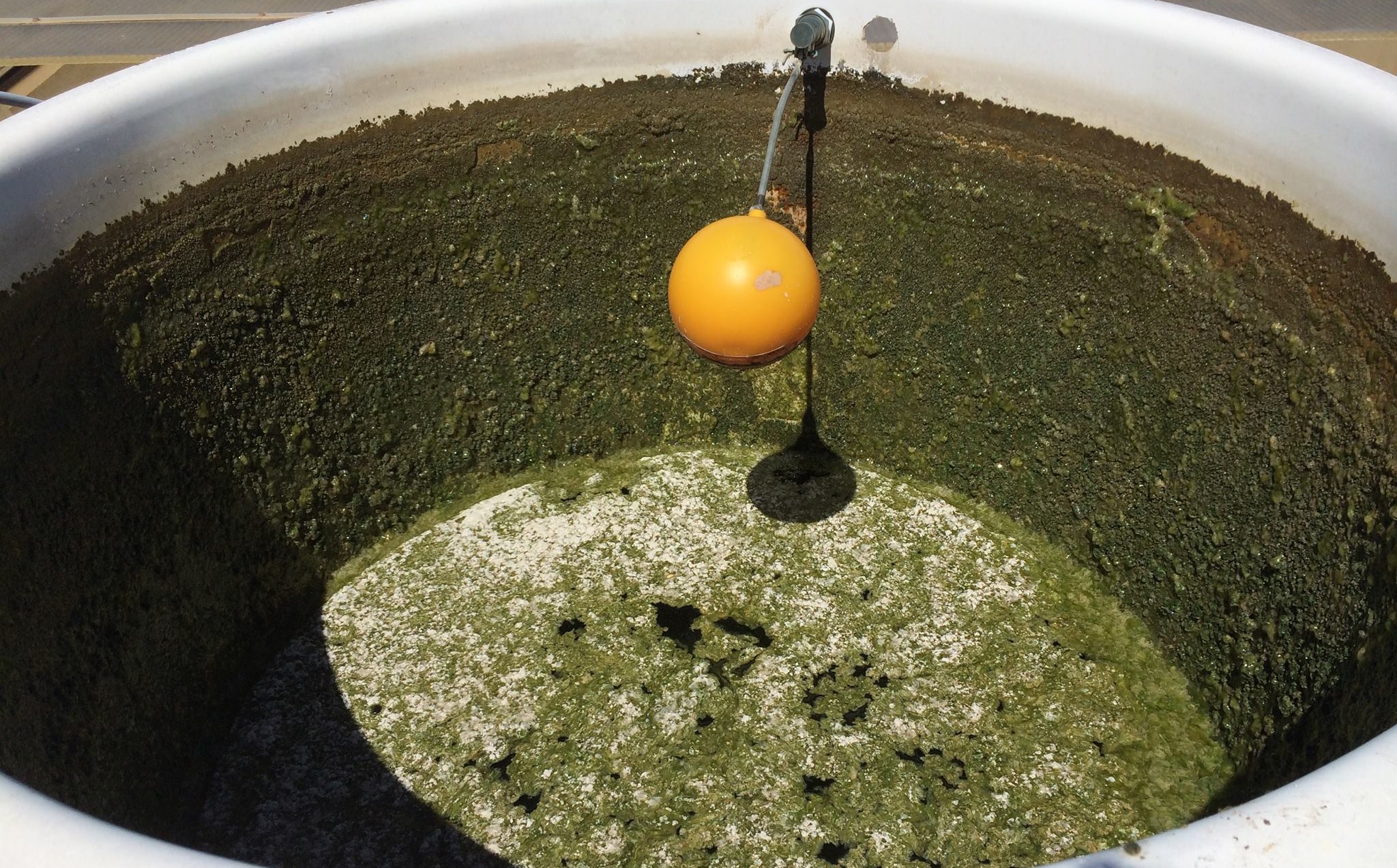
Maintaining a clean and algae-free water storage tank is essential for ensuring the safety and quality of the water you use daily. Algae growth in water storage tanks can lead to unpleasant odors, discoloration, and potentially harmful contaminants. Fortunately, there are several straightforward methods you can implement to keep your water storage tank in pristine condition. This article provides practical tips to help you prevent algae growth and maintain a safe water supply.
Understanding Algae Growth
Algae are simple, plant-like organisms that thrive in warm, sunny environments. In water storage tanks, algae can proliferate when conditions are favorable such as in the presence of sunlight and stagnant water. While algae itself is not always harmful, it can indicate the presence of other contaminants and affect the taste and clarity of your water.
Practical Tips for Algae Prevention
Choose a Dark-Colored Tank: Algae require light to grow. By selecting a dark-colored or opaque water tank, you can significantly reduce the amount of light that penetrates the water. This simple adjustment helps inhibit algae growth, as the absence of light makes it more difficult for algae to thrive.
Use a Tank Cover: Covering your water tank is an effective way to block out sunlight and prevent algae from growing. Ensure that the cover fits securely and does not allow light to enter. Additionally, a good cover helps keep out debris and contaminants, contributing to overall water quality.
Install a Water Filtration System: Adding a water filtration system can help keep your stored water clean and free from impurities that might encourage algae growth. A filtration system removes sediments and organic matter that algae can feed on, thus reducing the risk of algal blooms.
Regular Cleaning and Maintenance: Regular cleaning of your water storage tank is crucial in preventing algae buildup. Aim to clean your tank at least once or twice a year. Drain the tank completely, scrub the interior surfaces with a non-abrasive brush, and disinfect it with a mild bleach solution. Rinse thoroughly before refilling.

Maintain Proper Water Levels: Keeping your tank at a consistent, high level helps minimize stagnant water, which is more prone to algae growth. If your tank frequently runs low, it may be susceptible to increased exposure to sunlight and pollutants. Regularly monitoring and maintaining water levels can help reduce this risk.
Ensure Proper Ventilation: Adequate ventilation is important for preventing the buildup of heat and humidity inside the tank, which can promote algae growth. If possible, position your tank in a well-ventilated area and ensure that any vents are properly screened to keep out debris.
Consider Algaecides: In cases where algae growth is persistent or problematic, using algaecides may be necessary. Choose a product that is safe for drinking water and follow the manufacturer’s instructions carefully. Algaecides can help control and prevent algae growth, but they should be used as a supplementary measure rather than a primary solution.
Check for Leaks and Cracks: Regularly inspect your tank for any leaks or cracks that might allow contaminants or additional light to enter. Repair any damage promptly to prevent conditions that might encourage algae growth.
Conclusion:
Keeping your water storage tank free from algae is vital for ensuring clean and safe water. By following these simple strategies—such as using a dark-colored tank, installing a cover, maintaining regular cleaning routines, and considering filtration options—you can effectively manage and prevent algae growth. Implementing these practices not only enhances water quality but also prolongs the lifespan of your water storage system. With proactive maintenance and careful attention, you can enjoy fresh, clean water and safeguard your household’s health.


